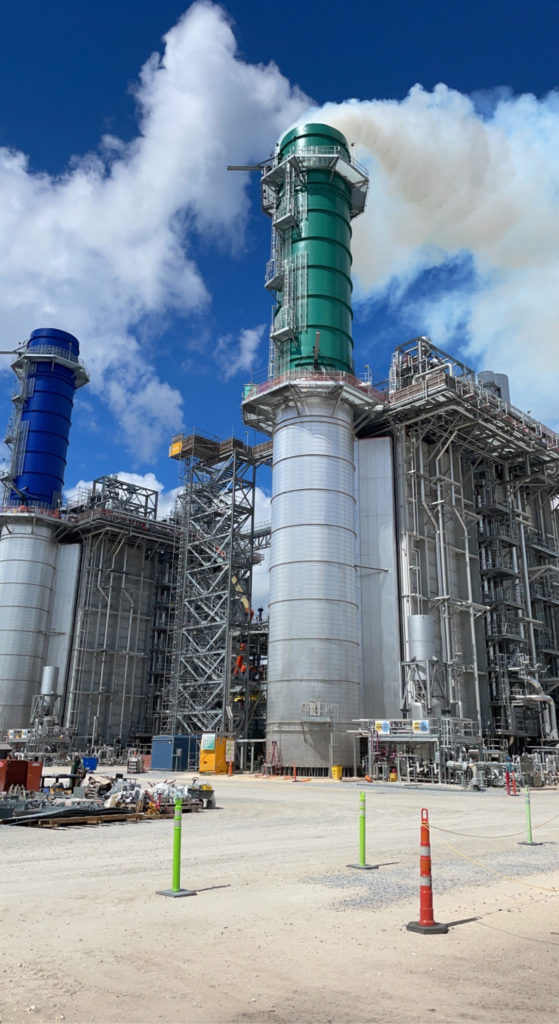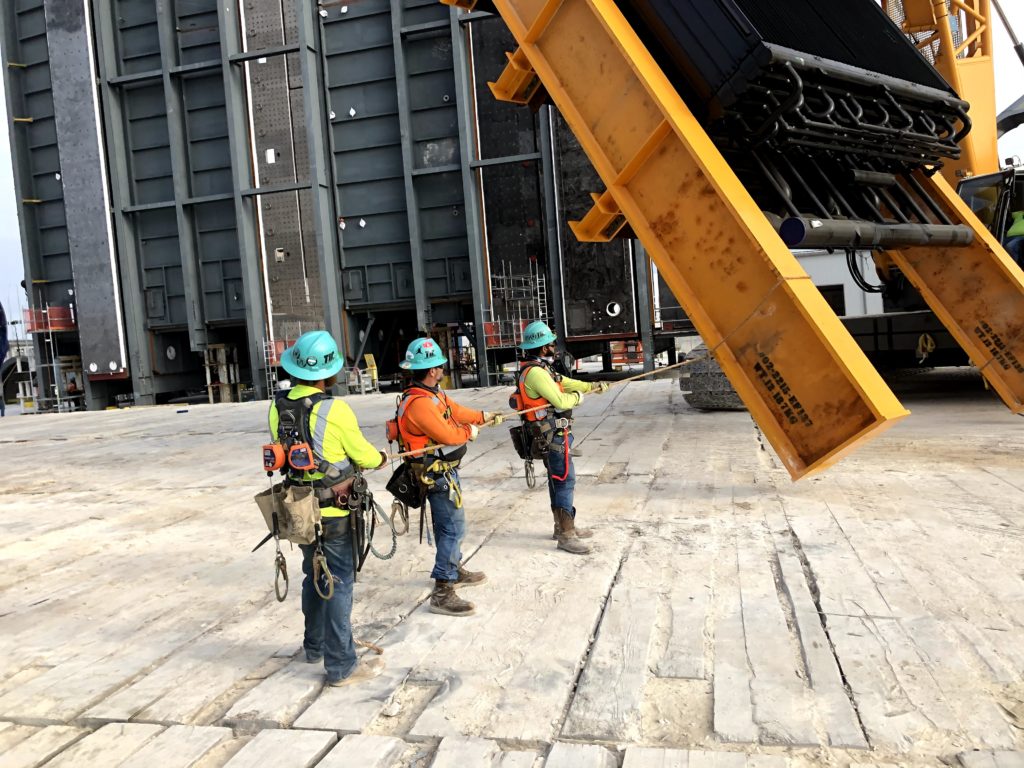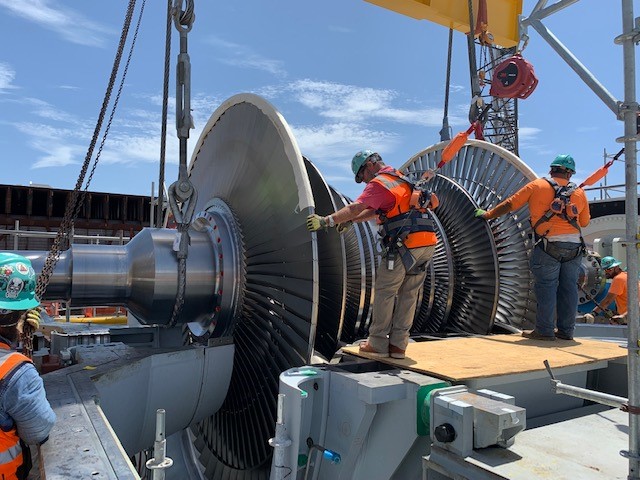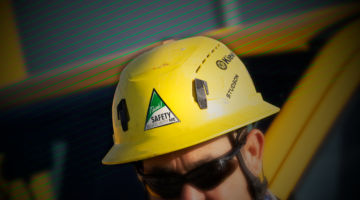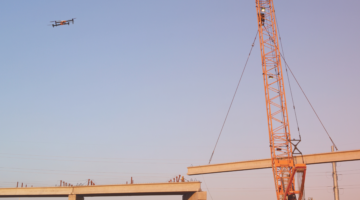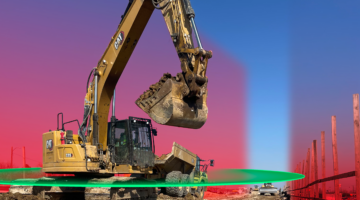A Florida power plant project marks notable firsts for client and vendor relationships.
“This has been the best job I’ve been on,” said Mike Llerandi, mechanical superintendent for The Industrial Company, Inc. (TIC), a subsidiary of Kiewit.
The job he’s talking about is the Seminole Combined Cycle Facility, a one-gigawatt, natural gas-fired power plant being constructed as part of an engineering, procurement and construction (EPC) contract.
Seminole is one of the largest not-for-profit generation and transmission cooperatives in the U.S. and provides wholesale electric service to nine not-for-profit distribution cooperatives that together serve approximately 1.9 million consumers and businesses in Florida.
It’s located in Putnam County, in the northeast part of the state, about 30 miles inland from the historic city of St. Augustine.
It may be easy to presume Llerandi is referring to Florida’s sunny weather or the abundance of local attractions — on the team’s off hours, the job is also an easy drive to Kennedy Space Center, Disney World, Jacksonville and Tampa.
But he’s most enthusiastic about the way the team has come together to build first-time relationships with project owner Seminole Electric Cooperative and several materials vendors, while creating a cohesive culture among the team.
‘Controlling our own destiny’
As the EPC contractor, TIC has self-performed much of the work normally subcontracted out, including civil work like initial dirt work and mass grading, and setting of heavy components and equipment.
Traditionally, if a third party is late delivering materials or equipment, the job not only can run behind but also incur late fees that quickly add up.
Self-performing this work gave the team more control over the schedule and costs. TIC had the heavy equipment and experienced personnel to handle important aspects of the job.
“This is work that’s in our critical path. We’d rather do it ourselves and control our own destiny,” said Rifat Kantarcioglu, project manager.
“We had the right people here early on the job, the right construction manager and superintendents who understood the work, so we said, let’s attack it ourselves instead of subbing it out.”
When the civil and dirt work was completed and it came time to set equipment like the boiler stacks and generators, and weld integral pieces like the isolated-phase bus duct — the critical conduit for a power generation facility — the team called on its boilermakers, ironworkers and welders.
Having a major 716-ton crane on-site that could handle the weight of the generators, turbine and other major components also helped save hundreds of thousands of dollars, said Llerandi.
“You’re talking about components that weigh anywhere from 600,000 pounds to over 800,000 pounds,” he said. “These are major high-dollar pieces of equipment that are very heavy.”
The team was charged with creating rigging and lift plans and rigging the equipment themselves. Together, they carefully assembled and placed approximately 8,700 tons of equipment, including the turbines, generators, steam drums, transformers and HRSG modules.
Does the fact that the team tackled this heavy lifting give them a special sense of satisfaction?
“Oh, 100%,” Llerandi said. “Because we did it all ourselves.”
Building new vendor partnerships
As the team worked on preparing for the “buyout” — the time of the project when purchase orders and subcontracts are issued — they discovered some of their regular vendors were busy and wouldn’t be able to meet delivery deadlines.
TIC saw it as an opportunity to build new relationships: Five first-time vendors were brought in to provide engineered equipment, pre-engineered metal buildings and major materials like structural steel and steampipe.
“Sometimes you’ve just got to push yourself out of your comfort zone and after you’ve done your homework, just take a leap of faith,” Kantarcioglu said. “I think it paid off huge on this job.”
A new condenser vendor saved the team field workhours by thinking outside the box: They shop-assembled and extensively tested the condenser before it arrived onsite.
The pre-engineered building subcontractor was local, which made it much easier to take care of issues as they arose because they were “right down the road,” Kantarcioglu said.
Tyson Utech, piping general superintendent, was responsible for vetting the piping fabrication and valve vendors. The steam piping fabricator had previously done work in other areas but had not performed this scope on previous TIC projects.
“All of our other typical fabricators for steam piping had very little shop space and a large backlog,” he said. “By doing our due diligence and making sure we helped them get to know the ropes of doing business with us, together we were able to ensure their success and avoid a several-month delay to the project by them delivering on time.”
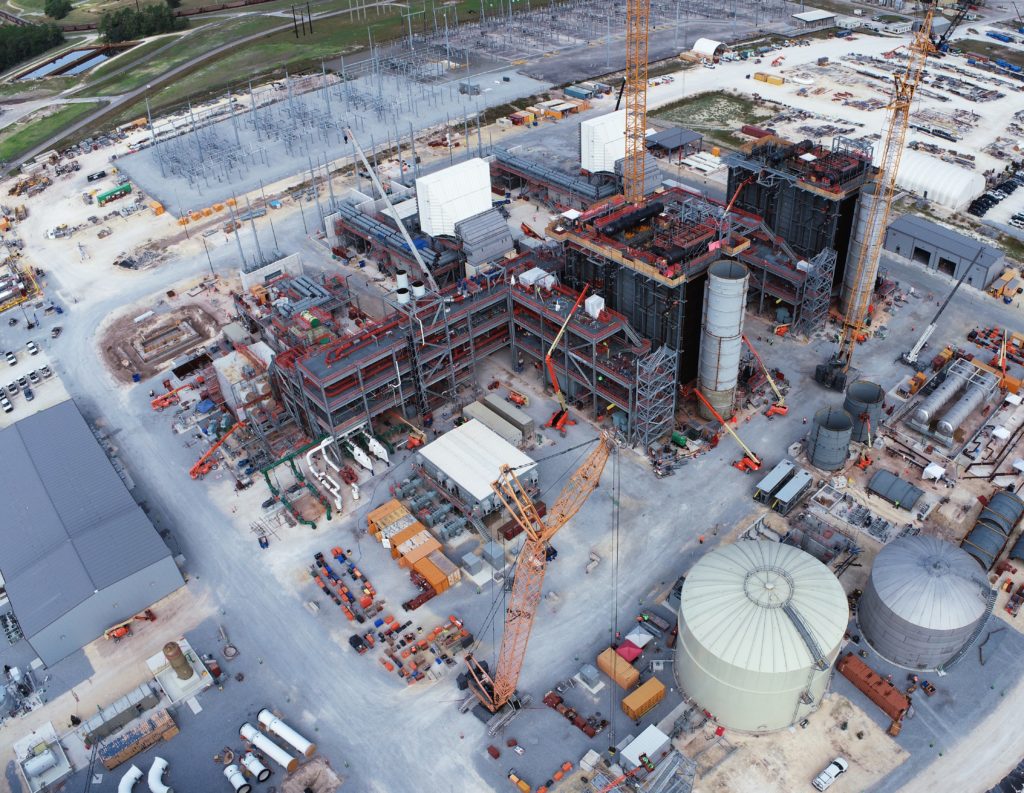
Keeping the owner informed
When working with a first-time owner, there’s always a “getting to know each other” period.
The team made sure to keep Seminole Electric’s representatives informed and comfortable with the process before they hit boots on the ground.
Some keys to doing that, said Kantarcioglu, were inviting the owner to planning sessions, including engineering and procurement kickoff meetings.
“We also walked through those different phases of the project — how we do safety, how we do quality, how we do our engineering planning, how we build our schedules — as much as we could, hand in hand. I think that helped to ease some of their anxieties and concerns they may have had.”
Key to success
Utech, Llerandi and Kantarcioglu all credit putting the right people in the right jobs, keeping things simple and creating a family-like culture for making the Seminole Combined Cycle Facility a job to remember.
“I think everyone knew the focus was driving the project in the right direction to make sure the project was completed safely,” Utech said.
“Whether it’s a big operation or a small one, the right person was always there to assess the situation and make the calls. This ensured that we always moved forward, never backward.”
The team has built an atmosphere, Utech said, where people have the time and know where they’re supposed to be. This has been the most important part of the project: constructing the plant safely, while meeting client expectations and staying on schedule.
“You’re spending a lot of time with these folks, and they really do become like your family,” Llerandi said. “The team atmosphere has been great. Everybody out here is wanting to do what they can to be part of the team and help everybody out.”
